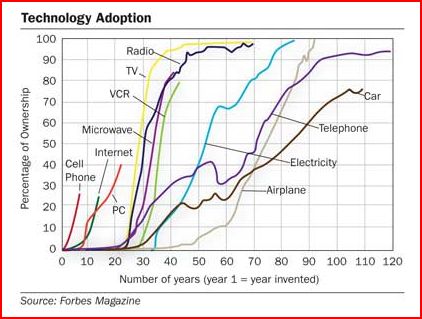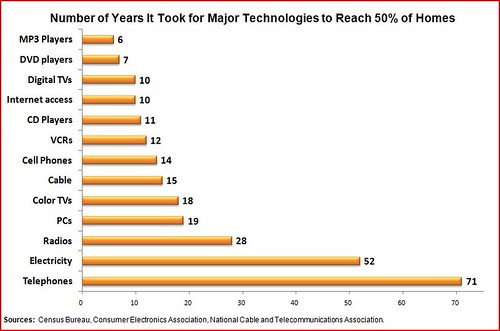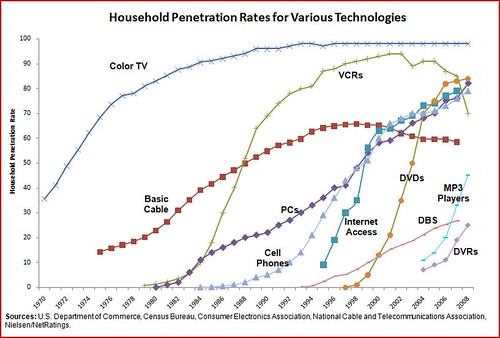Nick Wingfield has a great piece in today’s WSJ: Yahoo Tie-Up Is Latest Sign Tide Turning for Microsoft’s Ballmer (subscription required but can be found through a Google News search) about how Microsoft’s fortunes may be looking up across the board—especially with yesterday’s Yahoo!/Microsoft search/advertising partnership. The most interesting passage is this one:
For [Microsoft CEO Steve] Ballmer, the agreement provides some redemption in an area he has stressed is critical to Microsoft’s future. In an interview, he says the Yahoo deal received “more of my personal attention over the last 18 months than anything else we’re involved with,” including focusing on its most important new product in years, Windows 7. “It’s a big deal,” he says.
Of course, complex partnerships always require lots of time from senior management, but in this case, Ballmer’s quip speaks directly to the costs of antitrust scrutiny in terms of one of the most valuable resources available to any company: the time and attention of senior management. The “attentional cost” can of this deal for Microsoft could be broken into four parts beyond the normal costs of structuring any deal to make the most business sense:
- How to structure the a Microsoft/Yahoo! deal so that it would be approved by regulators (defensive);
- How to block a Google/Yahoo! deal (offensive);
- Nursing the deal through the regulatory approval process over the coming months; and
- The possibility that all of these costs could be wasted, to varying degrees, if antitrust regulators decide to block or restrict the deal.
These are all “deadweight losses” on the economy pure and simple—and ultimately costs to consumers.




 I often ponder what the TLF is all about. Of course, our official mission is “keeping politicians’ hands off the ‘net and everything else related to technology.” You can read more on our “
I often ponder what the TLF is all about. Of course, our official mission is “keeping politicians’ hands off the ‘net and everything else related to technology.” You can read more on our “
 The Technology Liberation Front is the tech policy blog dedicated to keeping politicians' hands off the 'net and everything else related to technology.
The Technology Liberation Front is the tech policy blog dedicated to keeping politicians' hands off the 'net and everything else related to technology.